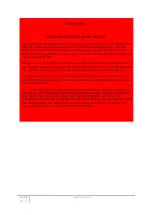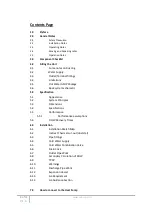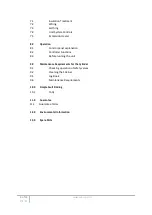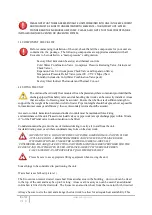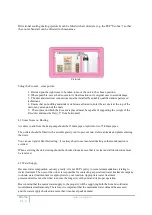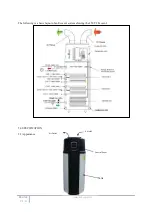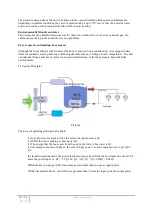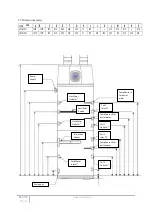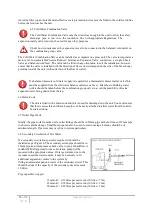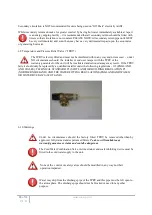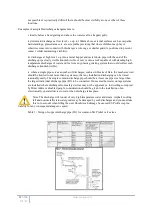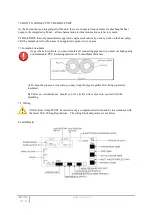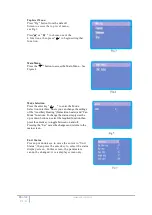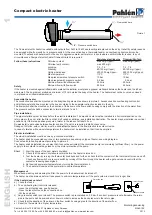
10
of 34
V 1.0
www.esavep.com
Directional cooling ducting (picture 4) can be fitted with air diverters (e.g. the ESP “Ecobox”) so that
the cool exhaust air can be directed to chosen areas.
Picture 4
Siting the Ecocent – some points:
1. Decide upon the right route to be taken to move the unit to the chosen position.
2. Where possible, move the Ecocent to its final location in its original case to avoid damage.
3. The unit and electrical connections must be installed by suitably qualified and experienced
technicians.
4. Ensure that no building materials or debris are allowed to enter the air ducts at the top of the
unit or any extension of the ducts.
5. The surface on which the Ecocent is placed must be capable of supporting the weight of the
filled
unit and must be flat (≤2
°
from horizontal.)
4.1 Some Notes on Ducting.
Air ducts to and from the heat pump should be 150mm pipe or split into two 75-80mm pipes.
The outlets should be fitted with a suitable gravity vent to prevent rain, debris, animals and plants entering
the ducts.
You can use rigid or flexible ducting. It is always best to use insulated ducting so that condensation is
avoided.
When servicing the unit, ducting should be checked to make sure that it is clear and all obstructions must
be removed.
4.2 Water Supply
Because water composition can vary greatly, it is not ESP’s policy to issue recommendations relating to
water treatment. The user or the owner is responsible for contacting a specialized water treatment company
to obtain water treatment advice appropriate to your location. Appropriate water treatment
processes/devices must be fitted to ensure the longevity of the unit and its proper operation.
Bear in mind that the mains water supply to the property will be supplying both the hot and cold water
requirements simultaneously. Therefore, it is important that the maximum water demand be assessed
and the water supply checked to ensure that it can meet peak demand.


